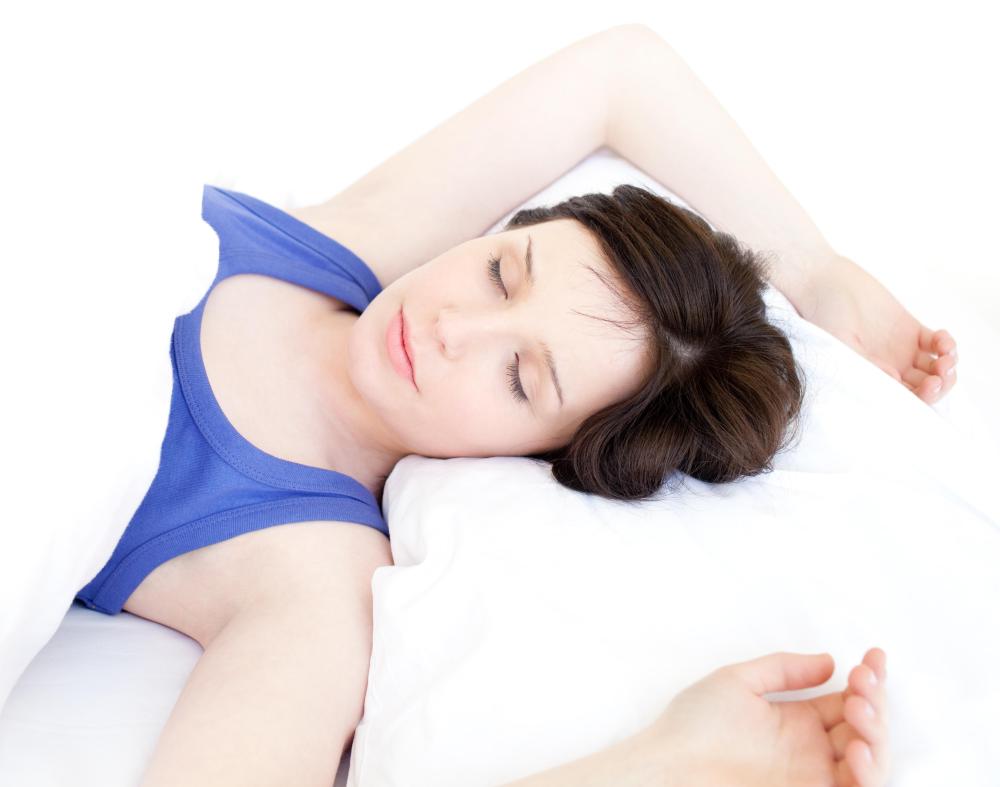At HomeQuestionsAnswered, we're committed to delivering accurate, trustworthy information. Our expert-authored content is rigorously fact-checked and sourced from credible authorities. Discover how we uphold the highest standards in providing you with reliable knowledge.
What is a Waterbed Heater?
A waterbed heater is a device that is used with a waterbed to maintain the water at a warm and comfortable temperature. Though a heater is not strictly necessary for a waterbed, without one the water and mattress are usually too cold to be laid on comfortably. There are several different styles of waterbed heaters and though they create similar results, they can have different levels of precision and energy requirements for use. Though they are safe to use, any directions included with a waterbed heater should be followed properly to reduce risk of fire or electric shock.
The standard cap and bulb type waterbed heater is designed with a copper wire inside a heating pad that runs under the waterbed liner. This pad is heated through ethylene gas and the heat is conducted through the water in the mattress. These types of heaters are not as precise and typically require more energy than solid state heaters, but can be more affordable and are still a reliable option. A solid state waterbed heater uses a microchip and more sophisticated technology to warm and regulate heat in a waterbed mattress. These heaters are very precise, with some models featuring digital readouts that allow exact temperature settings, and often require less energy to run than a standard cap and bulb system.

Most heaters are mounted on the frame of the waterbed to allow easy access, especially those that are more adjustable or have digital displays. Most waterbed heaters are also shielded to ensure there is no magnetic field interference created by the device. The actual heating from a waterbed heater is, of course, primarily indirect and so there is little concern about the use of electricity to heat a bed filled with water. Standard cap and bulb heaters are placed under the lining to further ensure that in case of a leak, there is little chance of the water coming in contact with electrical equipment.

Waterbeds typically come in two different types. These are hardside waterbeds and softside waterbeds. Hardside waterbeds are the traditional form of waterbed, consisting of a single large pouch of water that serves as the mattress. Newer models of hardside mattresses can include several different interconnected chambers of water to reduce wave movement and make for a more comfortable night’s sleep. Softside waterbeds are designed similarly, but the mattress is then contained within a softer cloth mattress for a product that more closely resembles a traditional spring mattress. It is important, for safety reasons, that a waterbed heater intended for a hardside mattress not be used with a softside waterbed, and vice versa.
AS FEATURED ON:
AS FEATURED ON:













Discuss this Article
Post your comments